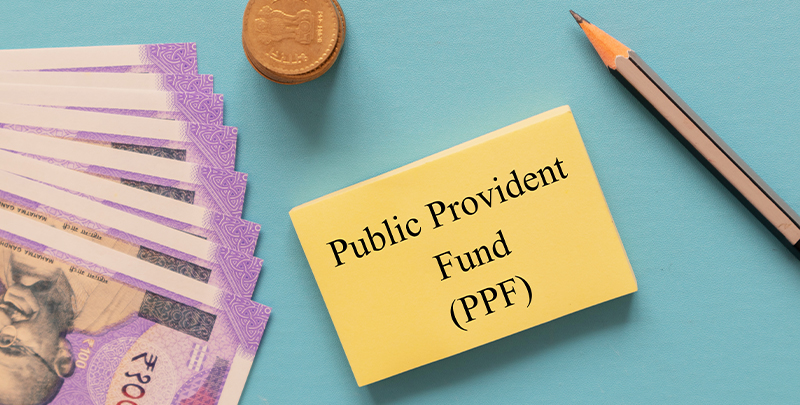In times of financial need, it is essential to understand the options available to you. A loan against your Public Provident Fund (PPF) can be a beneficial way to meet urgent financial requirements without disturbing your long-term savings.
What is a Loan against PPF?
A Loan against PPF is a facility available to you as a Public Provident Fund account holder. It allows you to borrow money against your PPF balance. This option becomes available from the third to the sixth financial year after you open your PPF account. The primary advantage of this loan is that it lets you use your savings without actually withdrawing them, ensuring that your investment continues to earn interest.
Benefits of taking a PPF Loan
- Low interest rate: The PPF interest rate on loans is significantly lower compared to Personal Loans and Credit Card advances, making it a cost-effective borrowing option for you.
- No impact on PPF savings: Your PPF balance continues to earn interest even while you have an outstanding loan, ensuring your long-term savings are untouched and continue to grow.
- Simple repayment terms: The repayment period is flexible, typically allowing up to 36 months to repay the loan, making it easier to manage your finances.
- No credit check: Since the loan is secured against your PPF balance, no credit score is required, and the process is relatively quick and straightforward.
- Emergency medical expenses: A PPF Loan provides quick access to funds during medical emergencies or to cover other immediate expenses.
- Education fees: A Loan against PPF helps manage your child’s education costs effectively, ensuring you meet the expenses easily.
- Home renovation: Allows you to improve your living space without depleting your savings, ensuring your investment in property upgrades is feasible.
How to avail of a PPF Loan?
1. Check eligibility: Ensure your PPF account is between three and six years old since you opened it.
2. Submit application: Fill out Form D, which is available at your bank or post office.
3. Documentation: Provide the necessary documents, including your PPF passbook.
4. Approval and disbursement: Once your application is processed, the loan amount will be credited to your bank account.
PPF Loan terms and conditions
- Loan amount: You can borrow up to 25% of your PPF balance at the end of the second financial year preceding the year in which you apply.
- Interest rate: The loan is offered at a rate that is 1% higher than the prevailing PPF interest rate.
- Repayment period: The loan must be repaid within 36 months. Failure to repay within this period will result in the loan amount being adjusted against your PPF balance, and higher interest rates may be applied.
- Second loan: A second loan can be availed only after the first one is fully repaid.
Also Read: What are the Public Provident Fund (PPF) withdrawal rules?
Conclusion
A Loan against PPF is a smart and strategic way to address financial needs without disrupting your long-term savings goals. With its low interest rates and flexible repayment options, it provides a reliable alternative to more expensive borrowing methods.
Using tools like the PPF Calculator online from Axis Bank, you can easily estimate your loan amount and repayment schedule, helping you make informed financial decisions. A PPF Account can be opened with Axis Bank and utilised effectively to ensure both immediate financial relief and sustained growth of your savings.
Explore Axis Bank's PPF services to make the most of your investments and secure your financial future today.
Disclaimer: This article is for information purpose only. The views expressed in this article are personal and do not necessarily constitute the views of Axis Bank Ltd. and its employees. Axis Bank Ltd. and/or the author shall not be responsible for any direct / indirect loss or liability incurred by the reader for taking any financial decisions based on the contents and information. Please consult your financial advisor before making any financial decision.







